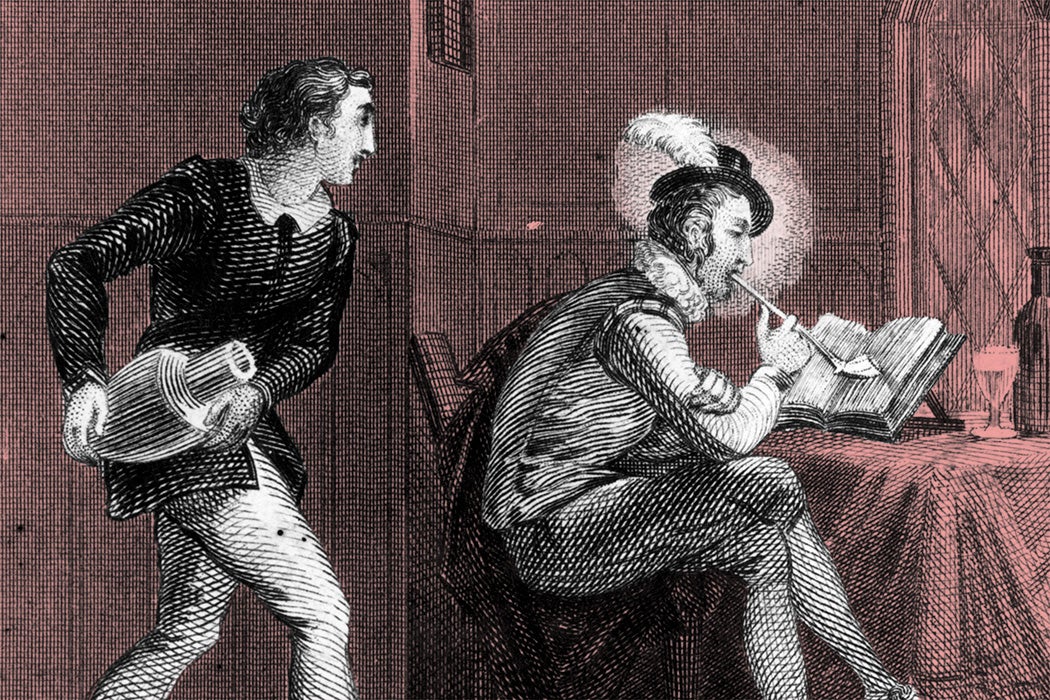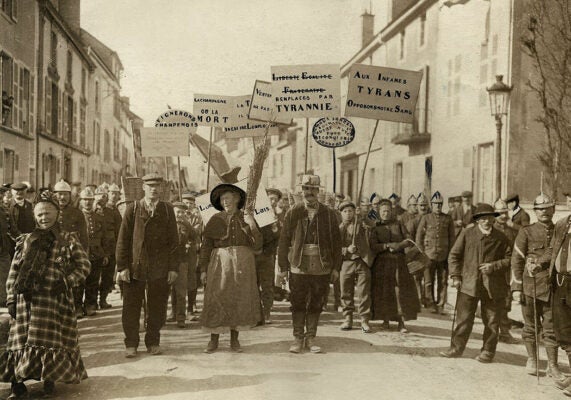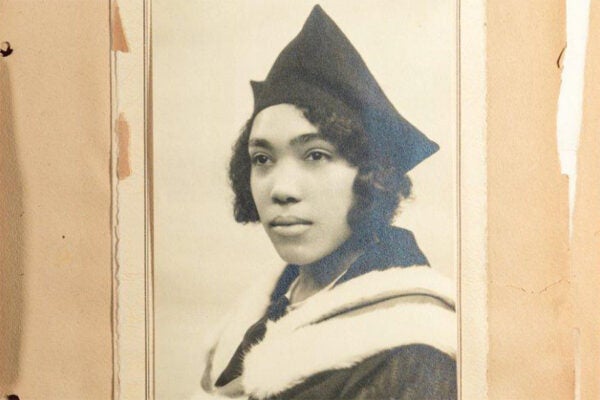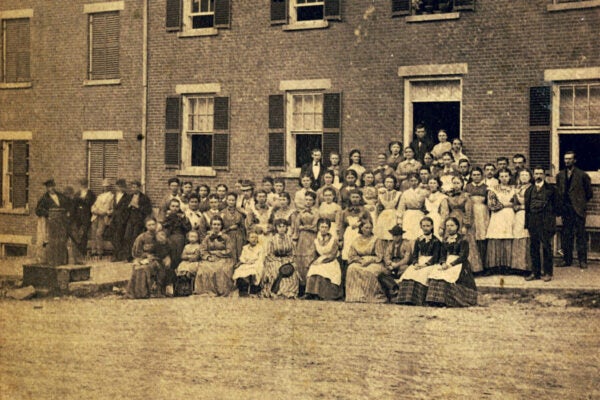The Columbian Exchange brought an almost unfathomable number of new plants with new culinary and medicinal properties to Europe. And as historian Peter C. Mancall writes, perhaps the most surprising and fascinating one was tobacco. To make sense of this herb and the odd way it was consumed, Europeans turned to books.
Mancall writes that many North American societies used tobacco, almost always as part of religious rituals or healing practices. In different places, it was prescribed for asthma, fevers, eye sores, worms, childbirth pains, and numerous other ailments. While it could be used in a variety of ways, people often smoked it, sometimes from intricately carved pipes. Smoking was an entirely new concept to the Europeans who encountered people in the Americas using tobacco. These Europeans sometimes described it as “drinking smoke.”
French traveler Jacques Cartier wrote of encountering men, near what’s now Montreal, who used tobacco pipes to “fill their bodies full of smoke, till that it cometh out of their mouths and nostrils, even as out of the Tonnel of a Chimney.” When the French tried to join in, they found that “it seemed that they had filled it with Pepper dust, it is so hote.” But some European writers marveled at the plant, which they described as curing wounds, staving off hunger, and driving off or consuming unbalanced humors.
Mancall writes that travelers happened to bring tobacco and other American plants to Europe at a time when printed books were coming into wide circulation. Tales from the New World became enormously popular with readers across the continent. These books often depicted Native Americans as devil-worshipers, and portrayed smoking as part of their savage religion.
But some extolled the wonders of tobacco. In 1574, Nicholas Monardes, a doctor from Seville, published a medical history of the Americas in which he raved about its healing power. The book, quickly translated into Latin, English, Italian, French, and Flemish, spread across the continent. And in the early seventeenth century, many books and pamphlets published in English focused specifically on tobacco. One writer, using the name Philaretes, argued that the plant was dangerous both because of its hot, dry qualities in the humoral system of medicine and because of its origin among “Indian Priests (who no doubt were instruments of the divell whom they serve).” But others celebrated it as a solution to fatigue, insomnia, and excessive drunkenness.
Weekly Newsletter
As this debate over tobacco’s effects on health and morality continued, Europeans gradually adopted smoking as a leisure activity—one that, of course, turned out to create physical dependency—and tobacco cultivation spread. By 1600, the plants were growing across Western Europe and in European outposts in Asia. One observer estimated that there were 7,000 people selling tobacco in London by 1614.
“Books facilitated the divorce between the plant and its Native American spiritual trappings, effectively desacralizing it so it could be integrated into the European market despite the protests of those who saw its unholy origins as a sign of its fundamentally flawed character,” Mancall writes.
Support JSTOR Daily! Join our new membership program on Patreon today.







